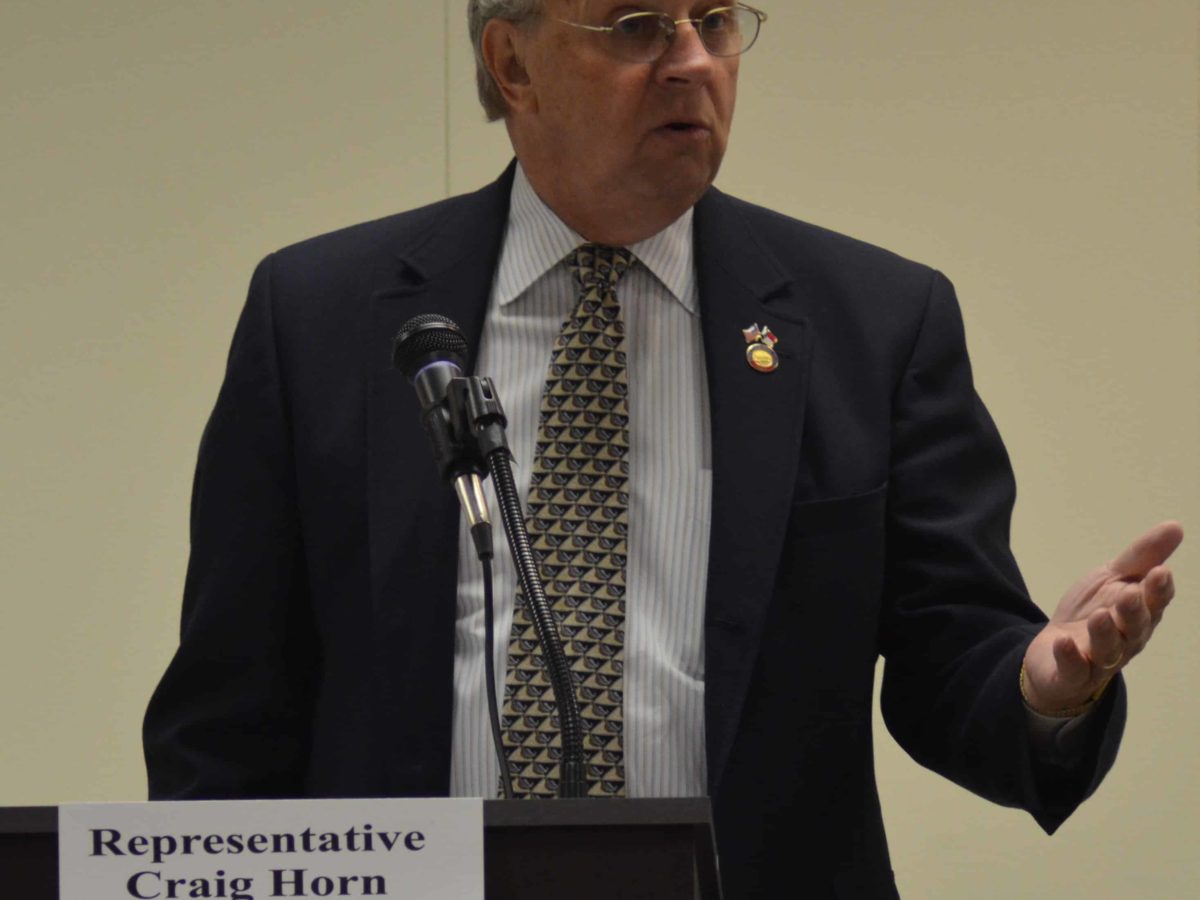

Americans have grown accustomed, though not really reconciled, to partisan polarization. A chasm on specific issues and in overarching world-views between Democrats and Republicans is a defining characteristic of the current political era.
In presidential and statewide elections, North Carolina has an electorate that reflects partisan polarization. It’s a swing, “purple’’ state with closely-contested elections decided by narrow margins between “blue’’ pro-Democratic voters and “red’’ pro-Republican voters.
And yet, North Carolina’s state government tells an alternative story to Democratic-Republican polarization. A Republican sits in the governor’s office, and the GOP has veto-proof majorities in both chambers of the General Assembly. Democrats can oppose, but Republicans have the votes to rule.
Now, however, as lawmakers return to Raleigh from a one-week hiatus, negotiations will ensue over House and Senate versions of a state budget that reflect a kind of internal GOP “polarization.”
The fiscal and policy decisions that eventually emerge will result not from Democratic vs. Republican competition but rather from Republican vs. Republican debate.
Stark differences between House and Senate budget plans for North Carolina’s K-12 schools illustrate remarkable fractures within Republican ranks. To some extent, budget debates arise from classic House-Senate rivalry that matters more within the brass doors of the Legislative Building than to voters at their breakfast tables.
Still, an array of fiscal and public policy differences, even among Republicans, will make negotiations arduous, unless one side simply gives in to the other.
Here are some examples:
Teacher Assistants – The Senate reduces appropriations by $57.5 million in 2015-16 and $166 million in 2016-17. The House provides $88 million in funding adjustments to preserve teacher assistants at their current level.
Class size – The Senate budget would spend nearly $80 million in 2015-16 and $193 million in 2016-17 to reduce the number of students in K-3 classrooms. The House has no appropriations for reducing class size.
Digital Learning – The House budget would spend $12 million each year on a school connectivity initiative, and $9 million on the state’s digital learning plan. The Senate budget does not specifically provide funds for these two projects. The Senate appropriates $29 million each year for “textbooks and digital resources,” while the House budget provides more than $43 million.
The Senate budget would cut the Department of Public Instruction by $4.7 million; the House budget has no such cut.
The House would allocate $2.6 million for an agreement to make Microsoft Office products available to every student and staff member in public schools. The Senate budget has no such appropriation.
The House would fund a competency education innovation pilot through the New Schools Project; the Senate makes no provision for it.
House and Senate budget-writers have taken different routes to teacher pay. The House would ensure that all educators receive at least a 2 percent raise. And the House would offer teachers a $50 bonus for students taking Advance Placement and International Baccalaureate courses and exams. The Senate would adjust the tiers in the salary schedule to increase starting-teacher pay and to grant a step-increase for eligible educators, but it would only guarantee that all teachers are paid at least their current salary, not a 2 percent increase.
There are, of course, several points of agreement. Each budget provides $100 million in 2015-16 and $207 million in 2016-17 to account for 17,000 more students in public schools each year. Both House and Senate would add $6.8 million to vouchers for students attending private schools. Both reduce funding for yellow-bus transportation on the projection of lower fuel costs.
Education spending and policy will come in the context of broader budgeting decisions. The House wants to spend more overall than the Senate. In turn, the Senate wants to cut some taxes and rearrange others in ways that the House does not envision.
Eventually, North Carolina state government will have a General Fund budget, more than likely a product of the pull-and-tug within the legislative Republican Party.
Could a political force arise to exploit internal GOP “polarization’’ so as to alter budget dynamics?
Gov. Pat McCrory has veto power, though he has invested more of his time and effort lately on campaigning, so far unsuccessfully, for his proposal for a major infrastructure bond issue than on public education. His education package, announced earlier this year, hardly seems to figure into the negotiations.
Would the Governor exercise the veto in behalf of a better education budget?
Another possibility, even less likely, is a bipartisan coalition to influence the budget outcome. So far, Republican leadership has exerted discipline in party caucuses, in the Senate more so than in the House. Democrats have had little to do other than define their differences with Republicans.
Would Democratic lawmakers and Republicans uneasy with their party’s direction find a way to form budget-changing coalition?
As budget negotiations drag on and election year nears, there remains time for citizens to weigh in – especially in letting Republican legislators know the high aspirations that many North Carolinians, across party lines, have for their schools and their young people.
Could there be a way to cut through the polarization – both within the GOP and between Democrats and Republicans – to enact a budget more in line with the needs and aspirations of “purple’’ swing-state North Carolina?


